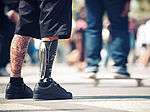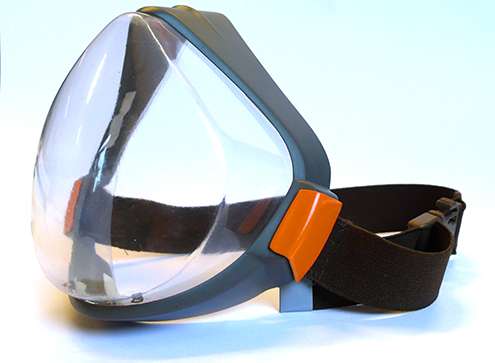A hearing aid or a wheelchair does not have to look uncool

How can a designer counter the stigma that is attached to certain products? This is the theme of the doctoral dissertation that Kristof Vaes will be defending on 28 April at TU Delft.
Negative
There are certain products that you would prefer not to have to use: a hearing aid, for example, or an uncool-looking bicycle helmet. These are products that can earn the user a negative label, a stigma. The Belgian product designer and university lecturer Kristof Vaes has delved into the subject of products that carry a stigma for a joint doctoral research project at the University of Antwerp and TU Delft.
Empathy
'The goal was to learn to understand the subject, to measure it and to manage it,' say Vaes. 'One important aspect is the awareness on the part of the designer that there is a potential problem. You need to possess a certain degree of empathy to be aware of how it feels when people avoid you, laugh at you or stare at you. I sent some Product Design students from Antwerp out into the streets for a few days, wearing various types of dust mask, so that they could experience for themselves how it feels. Some of them found it a really terrible experience.'
Distance
The students reported back with the reactions that they received. 'But we also really wanted to be able to measure the phenomenon, and to be at least capable of placing the products in a league table. It transpires that the distance that people keep when passing someone with a stigmatising product (dust mask) is a good measurement tool. If the subject is not wearing a mask, the distance is approx. 110 cm. If he is wearing a mask, the passer-by will keep up to 50 cm more distance; this distance varies according to the type of mask we sent them out in.'

Strategy
Obviously, the important question is how the designer can tackle and reduce this problem. Vaes's research has resulted in a checklist for designers, and a set of cards that includes 17 potential design strategies, such as combining a stigmatising product with another product, diverting attention and personalising the product.
Chic
'Some excellent solutions to this problem have already been found,' says Vaes. 'Hearing aids that are built in to a pair of glasses, for example. Wheelchairs have also become trendier over the years. There's one example that I think is really ingenious: a bicycle helmet that only turns into a sort of collar at the moment when there is real danger. This happens when you fall, which is registered by sensors.'


















